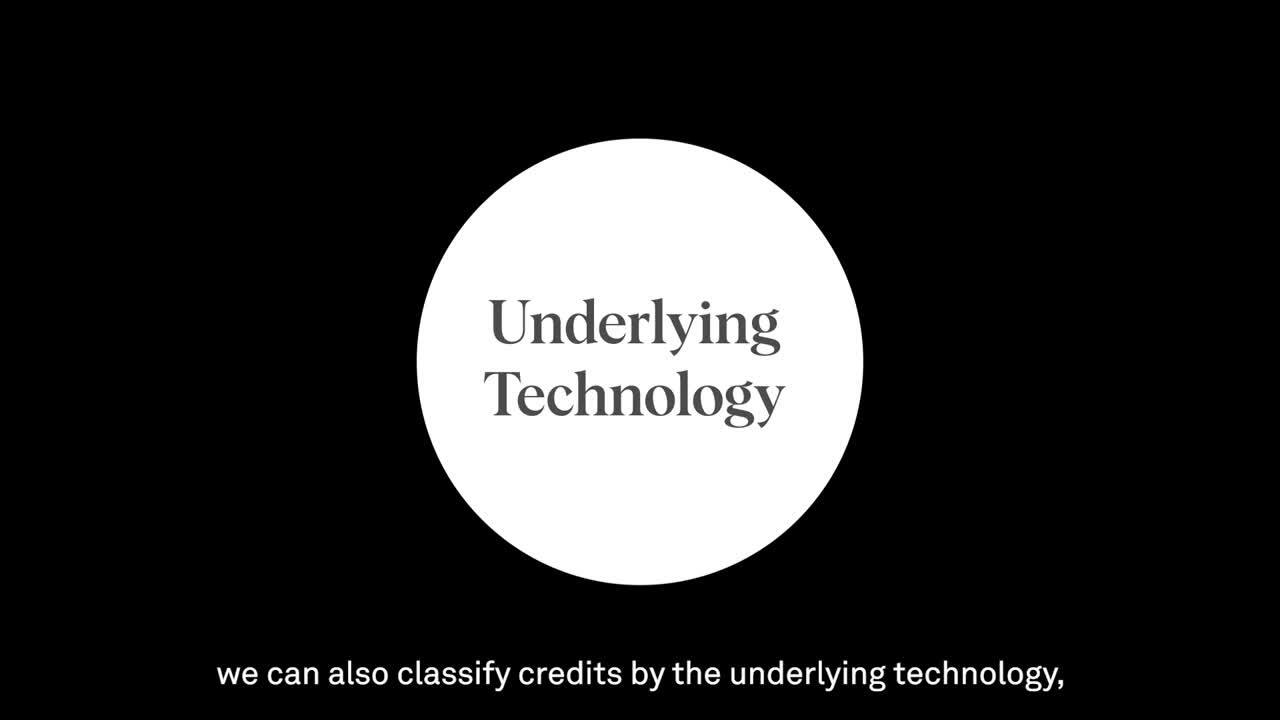What's the difference between credits from removal and avoidance projects, what's a carbon credit's "vintage", and what other factors impact market prices? S&P Global Commodity Insights explains.
Learn more about Platts carbon price assessments and indices, daily news and market commentary, from S&P Global Commodity Insights.
Watch more videos in this series:
What is the Voluntary Carbon Market?
What determines the price of a carbon credit?
The traded price of voluntary carbon credits depends on many factors.
Credits issued by projects that permanently remove carbon from the air are considered as having higher impact and usually trade at higher prices. Credits from projects that simply avoid the release of further emissions typically trade at lower prices.
Within these two main categories, we can also classify credits by the underlying technology, such as renewable energy, clean cookstoves or forestry credits. Prices for each type mostly depend on implementation costs and supply and demand fluctuations.
Prices also vary depending on the certifier of the carbon project, the vintage – that’s the year when the credit was issued – and the country those credits come from or the "host country".
Carbon projects often combine climate action with social action. The more UN sustainable development goals met by a project the higher the price of the credits issued.

